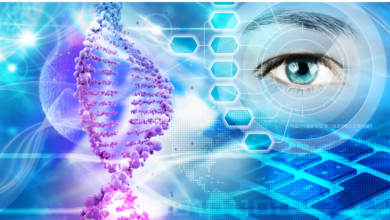200+ Genes Queries
What is the role of genetic counselors in providing support to families affected by genetic diseases?

Genetic counselors play a crucial role in providing support to families affected by genetic diseases. They offer:
- Information and education: Providing detailed information about the specific genetic disease, its causes, symptoms, and treatment options.
- Risk assessment: Assessing the risk of inheriting or passing on genetic diseases.
- Decision-making support: Helping individuals and families make informed decisions about reproductive planning, prenatal testing, and genetic testing.
- Emotional support: Providing emotional support and counseling to individuals and families coping with the challenges of genetic diseases.
- Resource connection: Connecting individuals and families with relevant resources, support groups, and healthcare providers.





